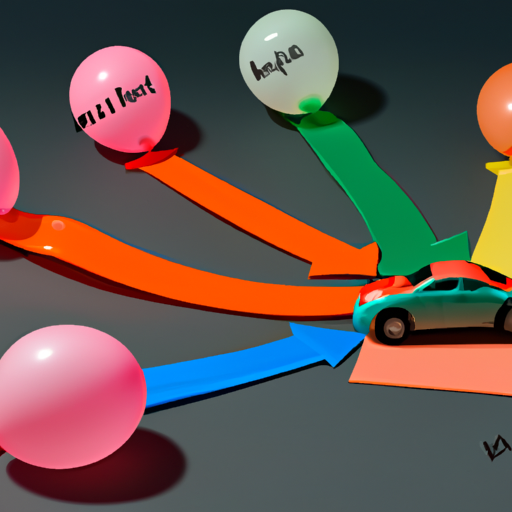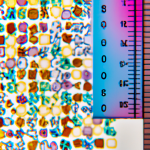What are the Forces Behind a Balloon Car’s Movement?
When it comes to understanding the mechanics of a balloon car, it’s essential to grasp the forces that drive its movement. A balloon car is a simple yet fascinating toy that can teach us a lot about basic physics principles. In this article, we will explore the forces that come into play when a balloon car is set in motion.
1. Thrust
Thrust is the force that propels the balloon car forward. When we blow air into the balloon and then release it, the air rushes out in one direction, creating a backward force on the balloon. According to Newton’s third law of motion, for every action, there is an equal and opposite reaction. As the air rushes backward, the balloon car experiences a forward thrust, pushing it in the opposite direction.
2. Friction
Friction is the force that opposes the motion of the balloon car. When the wheels of the car come into contact with the surface, there is a frictional force acting in the opposite direction of the car’s motion. This force can slow down the car if it is not minimized. To reduce friction, it is crucial to have smooth wheels and a smooth surface for the car to move on.
3. Inertia
Inertia is the tendency of an object to resist changes in its motion. When the balloon car is at rest, it remains stationary due to its inertia. However, when the balloon is released, the air rushes out, creating a thrust force that overcomes the car’s inertia. The greater the inertia of the car, the more force is required to set it in motion.
4. Air Resistance
Air resistance, also known as drag, is the force that opposes the motion of an object through the air. As the balloon car moves forward, it encounters air molecules that create resistance, making it harder for the car to maintain its speed. The shape and design of the car can affect the amount of air resistance it experiences. Streamlined designs can help minimize air resistance and allow the car to move more efficiently.
In conclusion, the forces behind a balloon car’s movement are thrust, friction, inertia, and air resistance. Understanding these forces can help us comprehend the basic principles of physics and how they apply to everyday objects. By optimizing the design of the car and minimizing friction and air resistance, we can enhance its performance and make it move faster and smoother. So, the next time you play with a balloon car, remember the forces at work and enjoy the science behind its movement.




